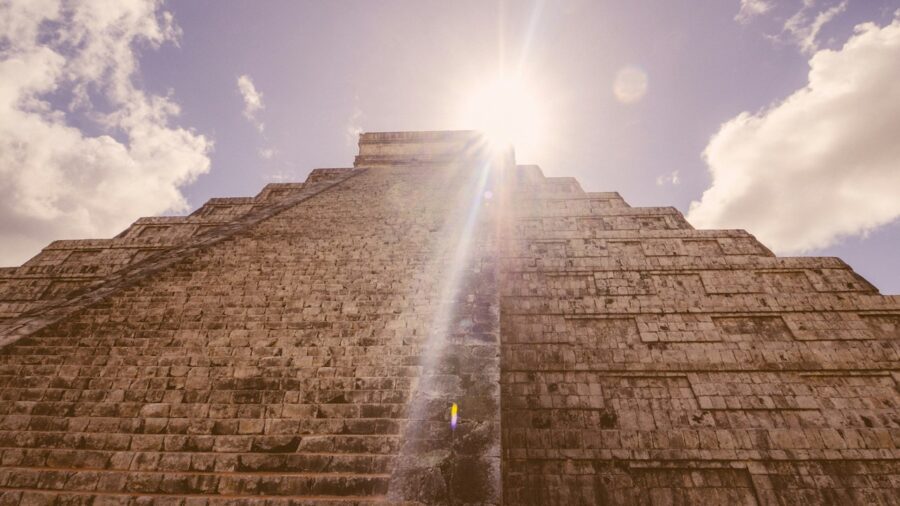[ad_1]
By Jacob VanGundy
| Printed
A brand new Mayan metropolis has been discovered underground in Mexico, on the Yucatán Peninsula. Archaeologists imagine the large metropolis was a political capital primarily based on the presence of huge, civic buildings just like different capital cities within the space. The invention was made potential by new laser survey know-how and archival analysis from Luke Auld-Thomas and his crew, who found the location.
The Metropolis Of Valeriana
Auld-Thomas named the Mayan metropolis Valeriana after a close-by lagoon and revealed his findings in Antiquity. Valeriana was a significant city space, with hundreds of buildings unfold by means of the world, together with some monumental buildings. It’s been dated to the classical interval, constructed between 250 and 900 A.D.
The big, civic buildings are essential, indicating that the Mayan metropolis was possible a political capital. Enclosed plazas, temples, and ball courts are all current and customarily thought-about the indicators of a political capital within the area. The pyramid temples are notably related in design to others within the space, reminiscent of Chichén Itzá.
Discovering The Historic Metropolis

Valeriana was found due to laser, or LiDAR, surveys. This comparatively new know-how sends laser pulses into the bottom to create maps of what lies beneath, and they’re utilized in a wide range of fields. These surveys revealed the buildings of the traditional Mayan metropolis beneath the Earth’s floor beneath fashionable infrastructure and farmlands.
Auld-Thomas and his crew didn’t carry out the laser surveys themselves, as a substitute combing by means of data of assorted surveys carried out by numerous businesses for indicators of a Mayan metropolis. The vital survey got here from a forestry service survey created to observe carbon ranges in a close-by forest. As soon as they knew the place to look, Auld-Thomas and his crew have been in a position to uncover Valeriana.
The situation of Valeriana additionally makes the Mayan metropolis’s discovery noteworthy. It’s situated in East-Central Campeche, and it’s the primary such website to be found in that area, increasing the scope of the traditional civilization that after dominated the area. Discovering a significant metropolis, with so many indicators of political significance means Valeriana wasn’t simply an outpost however an indication that the area was firmly beneath their management.
As laser surveys have grow to be extra widespread, they’ve revealed many beforehand undiscovered historic ruins, with the Mayan metropolis being the newest instance. These new websites assist to light up ancient civilizations, difficult beliefs about their scope, geographic variety, and class.
These discoveries additionally show that there’s nonetheless lots to find in regards to the historic world, with a sprawling city space remaining secret for hundreds of years beneath the Earth’s floor.
A lot Is Nonetheless A Thriller
With the Mayan metropolis nonetheless buried, the main points of its buildings and historical past stay largely unknown. Nonetheless, its discovery might result in dig websites searching for artifacts and human stays, which might be extremely informative. It can additionally trigger historians to rethink the main points of the traditional North American world.
New know-how has led to an explosion of archeological discoveries in recent times, with the key Mayan metropolis being an ideal instance. These discoveries assist us perceive the individuals of the previous and infrequently have a ripple impact on the opposite social sciences. Valeriana is a large discovery and it’s positive to have educational ramifications for years to return.
Supply: Antiquity
[ad_2]
Source link
